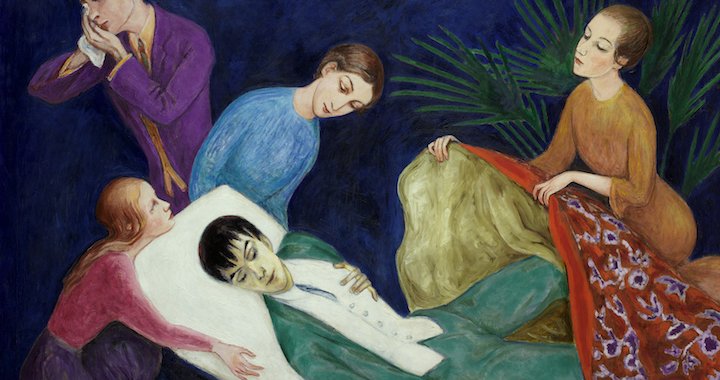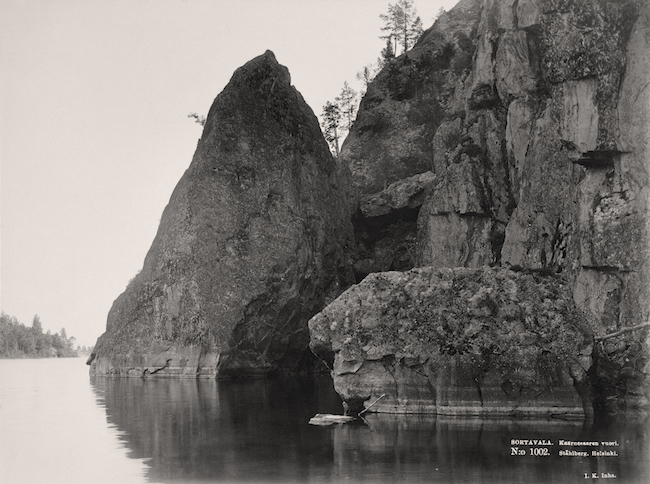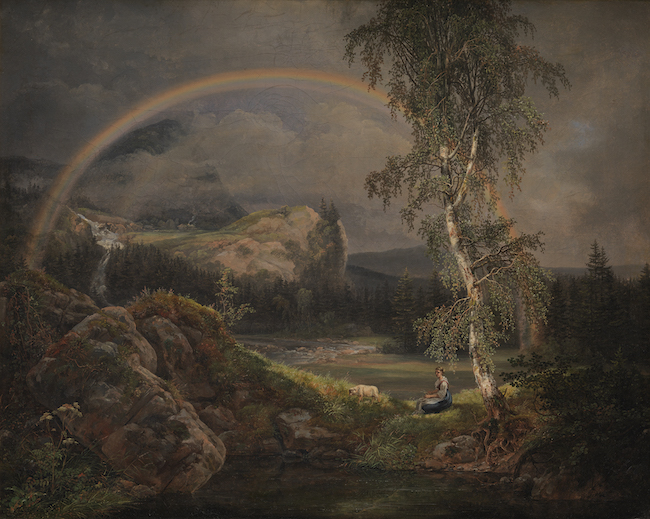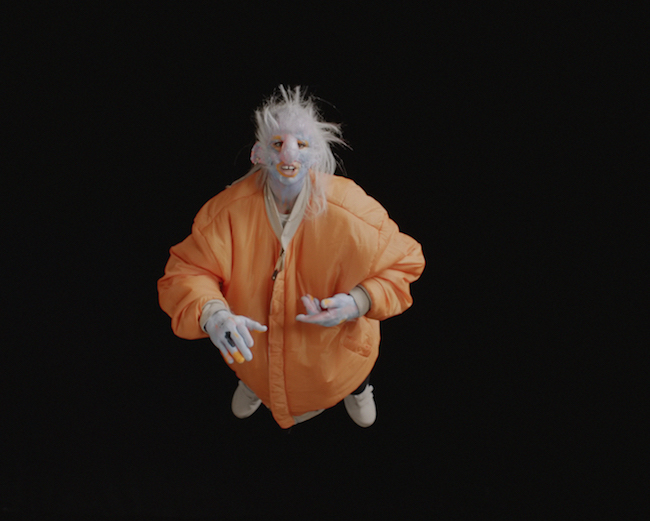
Aesthetic and impressive. Nordic art at The Phillips Collection
An express interview with Dr. Klaus Ottmann, the chief curator at The Phillips Collection
17/12/2018
American art collector and critic Duncan Phillips was born in 1886 in Pittsburgh, Pennsylvania. He was the second son of the millionaire industrialist Duncan Clinch Phillips, who was also a passionate art collector with a particular interest in local painting. After his father’s death, Duncan Phillips and his mother founded the Phillips Memorial Gallery, giving other people a chance to get to know the family’s collection. In 1921 Phillips married painter Marjorie Acker, who assisted him, and by 1930 the collection had grown to more than 600 works of art and resulted in a memorial museum nowadays known as The Phillips Collection. During his lifetime, Phillips formed close bonds with a wide range of artists and believed in the truth of visual connections between diverse artistic expressions.

Edvard Munch. Self-Portrait, 1895
The Phillips Collection has remained one of the most important museums and art collections in the United States. Containing more than 4000 masterpieces ranging from French impressionism and American modernism to contemporary art, the collection presents the work of El Greco, Van Gogh, Henri Matisse, Willem de Kooning, Mark Rothko, Edward Hopper and many other significant names.
The Phillips Collection also regularly hosts temporary exhibitions. This year alone the museum has held a number of exhibitions on different topics, including To Future Women (an interactive project created by artist Georgia Saxelby celebrating the anniversary of the Women’s March) and a retrospective investigation of Paul Klee’s role in mid-20th-century American art. From October 13, 2018, to January 13, 2019, The Phillips Collection presents a major exhibition of Nordic art titled Nordic Impressions: Art from Åland, Denmark, the Faroe Islands, Finland, Greenland, Iceland, Norway and Sweden, 1821-2018.

I. K. Inha. Sortavala, Rock of Kaarnesaari, 1895
As the full title suggests, Nordic Impressions is not only a survey of various Nordic countries but also a broad look back at a nearly 200-year period of time in art. The curator of the exhibition is Dr. Klaus Ottmann, who has selected a vast number of objects based on his individual interpretation, at the same time focusing on themes that have always held a special place in the Nordic countries: light and darkness, inner life and exterior space, the coalescence of nature and folklore, women’s rights and social liberalism.
Just like the art scene in general, Nordic art has changed dramatically over the past 200 years. In fact, it has changed greatly in just the past five years, and it continues to change. This fact leads to reflections on how these various forms of art, existing at different times, can cope and endure in the present day. It might be that The Phillips Collection is the perfect place to answer this question; after all, it is a museum for a very personal art collection. Arterritory.com invited Ottmann to an express interview for some more insight into Nordic Impressions.

Eggert Petursson. Untitled, 2012-13
Nordic Impressions is a major exhibition of Nordic art, presenting 53 artists from five countries and three self-governing islands. It is a grand portrayal of the diversity of Nordic art from the Romantic era until today. Is this the first time that art from the Nordic countries has been so widely represented at The Phillips Collection?
Yes, it is. We had a one-person survey of Helene Schjerfbeck’s works here in 1992.

Johan Christian Dahl. Norwegian Landscape with a Rainbow, 1821
What was the stimulus to create such a project?
The exhibition is the culmination of a four-year partnership with the Nordic embassies in Washington, D.C., to feature Nordic culture in our existing programmes.
If we speak about historical periods of art – from the Golden Age until the last decades of the 20th century – what is it that, in your opinion, distinguishes Nordic art from, for example, the traditions of central European or American art?
The strong support for and large number of female artists.
And what about the trends in contemporary art in the Nordic countries? Is it possible to define a notional set of trends that characterise the art from this region?
Contemporary Nordic art is still deeply rooted in the experiences of nature and folklore, but now paired with more contemporary issues such as climate change, sustainability and immigration.
 Outi Pieski. Crossing Paths, 2014
Outi Pieski. Crossing Paths, 2014

Tori Wranes. Ancient Baby, 2017
What are some of the highlights of the exhibition?
The exhibition includes several important works by seminal Nordic artists that have never been seen in this country, such as Akseli Gallen-Kallela’s The Defense of the Sampo and Nils Dardel’s The Dying Dandy. Other highlights are the works of the two Sami artists, Outi Pieski and Britta Marakatt-Labba. My favourite, though, is the projection by Tori Wrånes.
 Ruth Smith. Self Portrait, 1955
Ruth Smith. Self Portrait, 1955
The Phillips Collection is one of the most important museum collections in the United States. How are works of art and artists from the Nordic region and eastern Europe represented in the permanent museum collection?
Duncan Phillips always strived to have a global conversation between modern and contemporary art, which this exhibition continues and which we are pursuing in our ongoing collecting and exhibition practice. We are hoping to further diversify our collection by adding more works from the Nordic countries, eastern Europe and Latin America as well as from non-Western regions, such as contemporary African art and aboriginal Australian art.